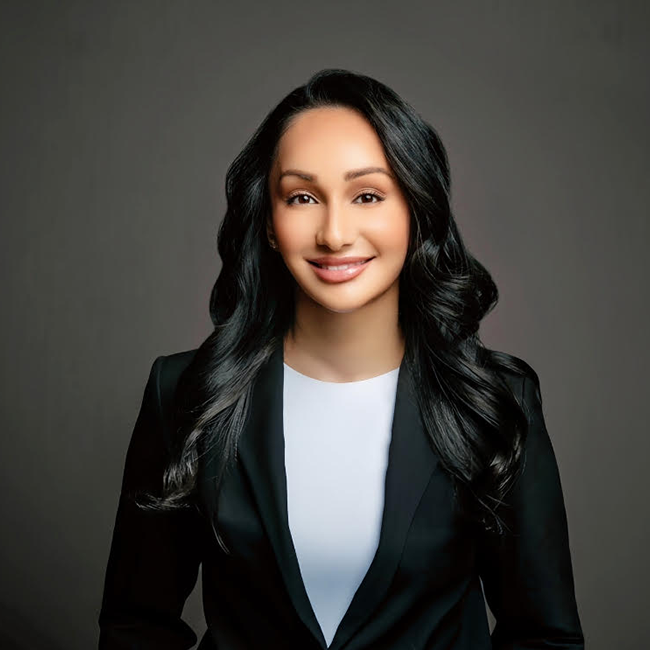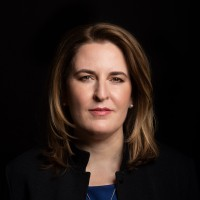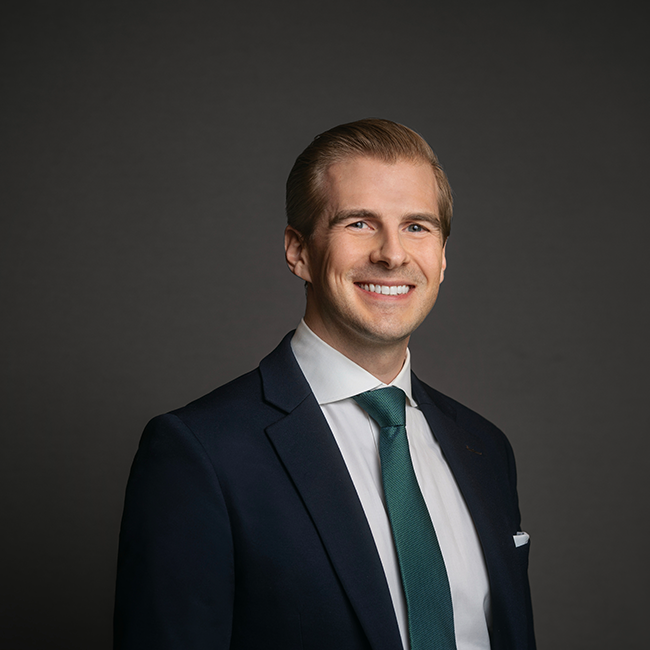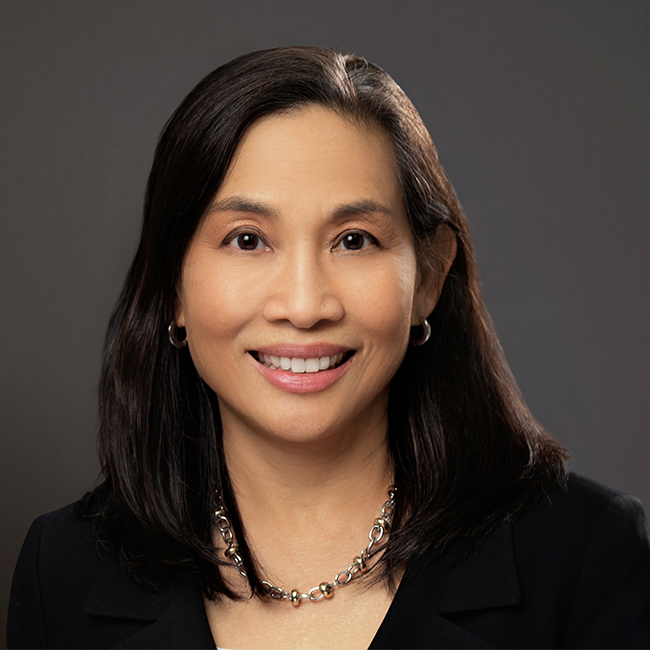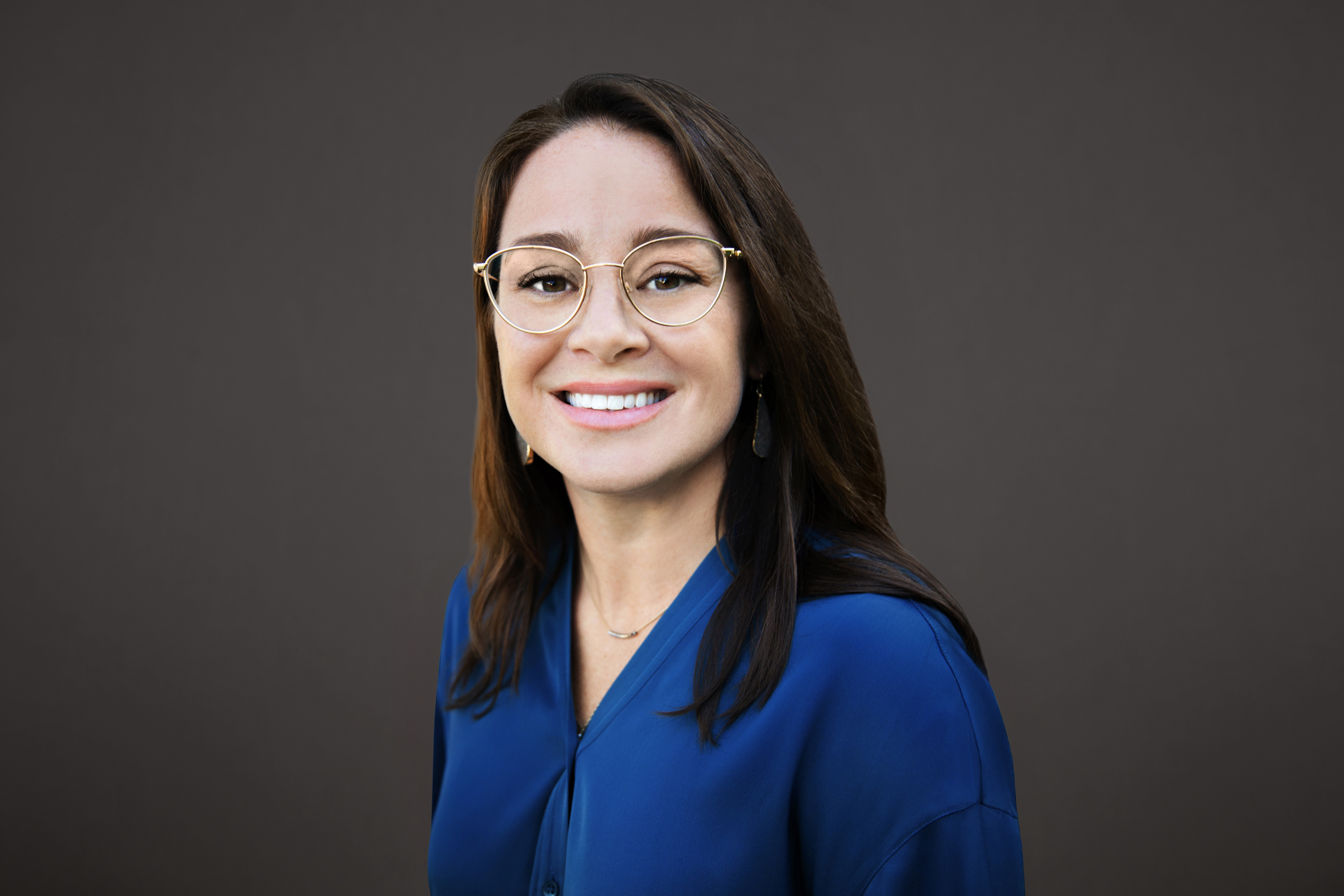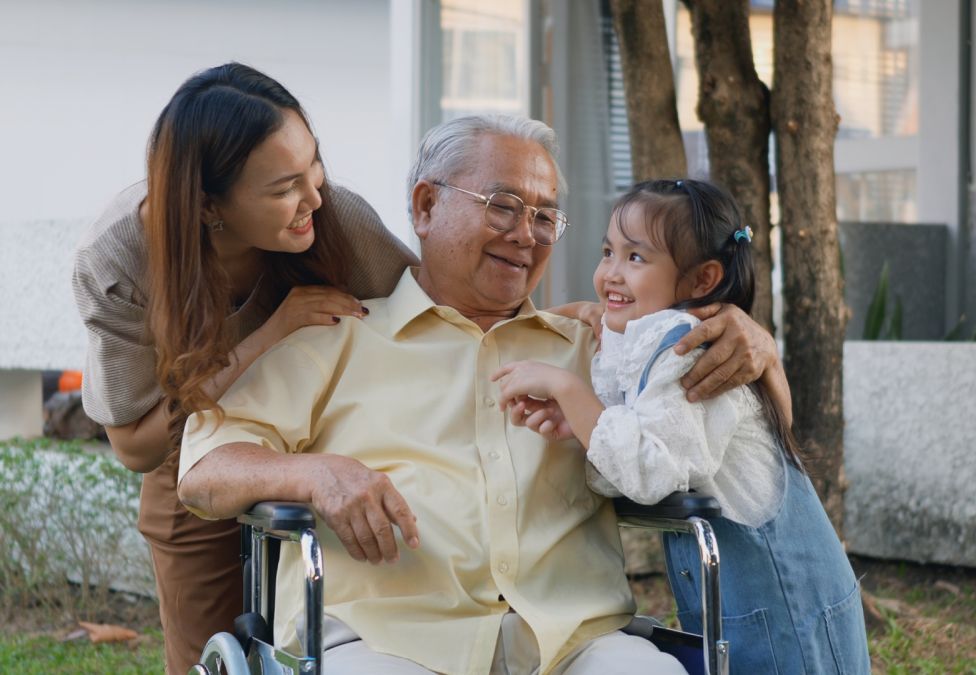
“Even as a health-care professional, I experience how overwhelming the cost of care is each year. No one should have to carry that burden alone.”
During a private roundtable at the 2025 Milken Institute Global Conference, Sandra Abrevaya, cofounder and chief executive officer (CEO) of Synapticure, whose husband lives with Amyotrophic Lateral Sclerosis (ALS), shared that she spends $400,000 a year on caregiving while raising two young daughters and managing her own cancer treatment. If someone with her expertise and resources is overwhelmed, it underscores how widespread this crisis is.
Caregivers represent America’s most indispensable and invisible workforce. Yet, their efforts often go unrecognized and unsupported.
Alexandra Drane, cofounder and CEO of ARCHANGELS, posed a sobering question to the Future of Aging Advisory Board members and select conference participants: What percentage of “sandwich generation” caregivers, those caring for children and aging parents, had recently contemplated suicide? The answer: 52 percent.
These experts took the Caregiver Intensity Index®, which assesses caregiving intensity. Nearly all (97 percent) scored moderate to high, revealing that even those preparing society for demographic change navigate caregiving responsibilities themselves.
I have witnessed this intensity firsthand. My parents worked full-time while raising two children and caring for my father’s elderly parents—one with dementia and the other with Parkinson’s—for 18 years. Both required intensive, round-the-clock assistance, from feeding and bathing to constant monitoring. Without extended family support or knowledge of respite care, my parents sacrificed their health, financial security, and social lives to care for my grandparents. Still, they gave my brother and me a childhood filled with love, stability, and opportunity. We never felt the weight they carried. What defined my childhood is now the norm for millions of American families.
The $600 Billion Hidden Asset
Sixty-three million Americans—one in four adults—provide unpaid care that sustains our health-care system and economy. Half don’t identify as caregivers, instead seeing themselves as “a decent human being” or “a good son or daughter.”
This identification gap has serious consequences. When individuals see themselves as caregivers, they’re more likely to seek help and access resources. Many assist with managing finances, cooking, shopping, housekeeping, and transportation. Seventy percent juggle these responsibilities alongside employment, providing more than $600 billion in unpaid care annually.
Family caregivers develop skills employers need—problem-solving, crisis management, coordination across systems, and balancing demands. However, they often hide this experience, viewing it as a liability rather than an asset.
Nearly 40 percent of caregivers are men, and millions are children, adolescents, and Gen Z adults. Most fall within the prime working years of 18 to 64, making caregiving not just a family issue, but a widespread workforce reality.
The Breaking Point
Caregiving intensity takes a toll on well-being. Sixty-four percent experience high emotional stress, 45 percent face physical strain, and 53 percent say their declining health compromises their ability to provide care. Forty-six percent report that caregiving has affected romantic relationships, and a quarter struggle with isolation.
In the workplace, half of caregivers must alter schedules, nearly one-third take extended leave, over a quarter reduce hours, and 16 percent exit the workforce—compounding financial stress and limiting earning potential.
Cultural, geographic, and societal barriers exacerbate the challenge. Cultural and linguistic barriers prevent immigrant families from accessing services. Rural caregivers face isolation and service gaps. Military families are hindered by stigma and internalized bias when acknowledging caregiving needs. Those caring for someone with substance disorders endure “hypervigilance”—constant alertness for crisis.
Promising models already exist. We need coordination, investment, and policy support to scale them. While key supports like paid leave are still lacking in many states, innovative solutions are emerging across multiple sectors.
Forward-thinking organizations are building "care-aware" cultures. Hilton Hotels & Resorts hosts "Courageous Conversations," fostering discussions about topics such as caregiving and reducing stigma. Lindsay Jurist-Rosner, cofounder and CEO of Wellthy, explains, “When employers support caregivers, they do right by their people and strengthen retention and culture. Caregiving is the number two reason people leave the workforce, and addressing it has a measurable business impact.”
The financial services sector represents an untapped opportunity. As Richard Lui, MSNBC/NBC News anchor, author, filmmaker, and care economy thought leader, notes, "No financial institution has created a suite of products for caregivers, despite banks having numerous options that could be adapted to serve this market and build lifelong customer relationships." This is underscored by the fact that 70 percent of children who inherit wealth from families with a financial advisor transition away, representing a retention challenge and opportunity for institutions that proactively support caregiving families.
At the community level, ONEgeneration houses preschools alongside adult daycare. Trent Stamp, CEO of the Eisner Foundation, emphasizes that older adults gain vitality and purpose from these interactions, while children develop empathy and benefit from diverse mentors.
Our work at the Future of Aging reveals the need to flip the caregiving narrative. Instead of caregivers worrying about résumé gaps, we should recognize and value the skills they develop.
What if we reframed caregiving experience as evidence of leadership, problem-solving, and crisis management capabilities? What if employers actively sought candidates who have these strengths?
Caregivers are beginning to describe their experience differently: "I managed a multi-provider health-care team for a family member with complex needs" instead of "I took care of Mom." Every sector needs these skills. We must create pathways that validate caregivers' expertise and support reentry.
The Action Imperative
At the Future of Aging, we're advancing solutions that recognize caregiving as critical to our economic and social infrastructure. Our report, Supporting Family Caregiving: How Employers Can Lead, highlights the need for coordinated action across sectors:
- Employers: Foster "care-aware" cultures and implement policies and supports that recognize and accommodate employees' caregiving responsibilities.
- Policymakers: Leverage bipartisan voter support (82 percent for increased caregiving investment, 79 percent for bipartisan action) to advance paid family and medical leave, caregiver tax credits, respite care, and expanded home and community-based services.
- Health-care systems: Integrate caregivers as recognized care team partners rather than peripheral supports.
- Communities: Create intergenerational spaces where care becomes a shared responsibility.
Family caregivers cannot wait for incremental change. As Ai-jen Poo, cofounder and president of the National Domestic Workers Alliance, advocates, “Care is the work that makes all other work possible.” By 2030, adults over 65 will outnumber children for the first time, with 70 percent needing long-term care during their lifetime.
The choice is ours: transform how America invests in the 63 million caregivers who keep our economy running—or face the consequences of inaction as they buckle under the weight of inadequate support systems.
